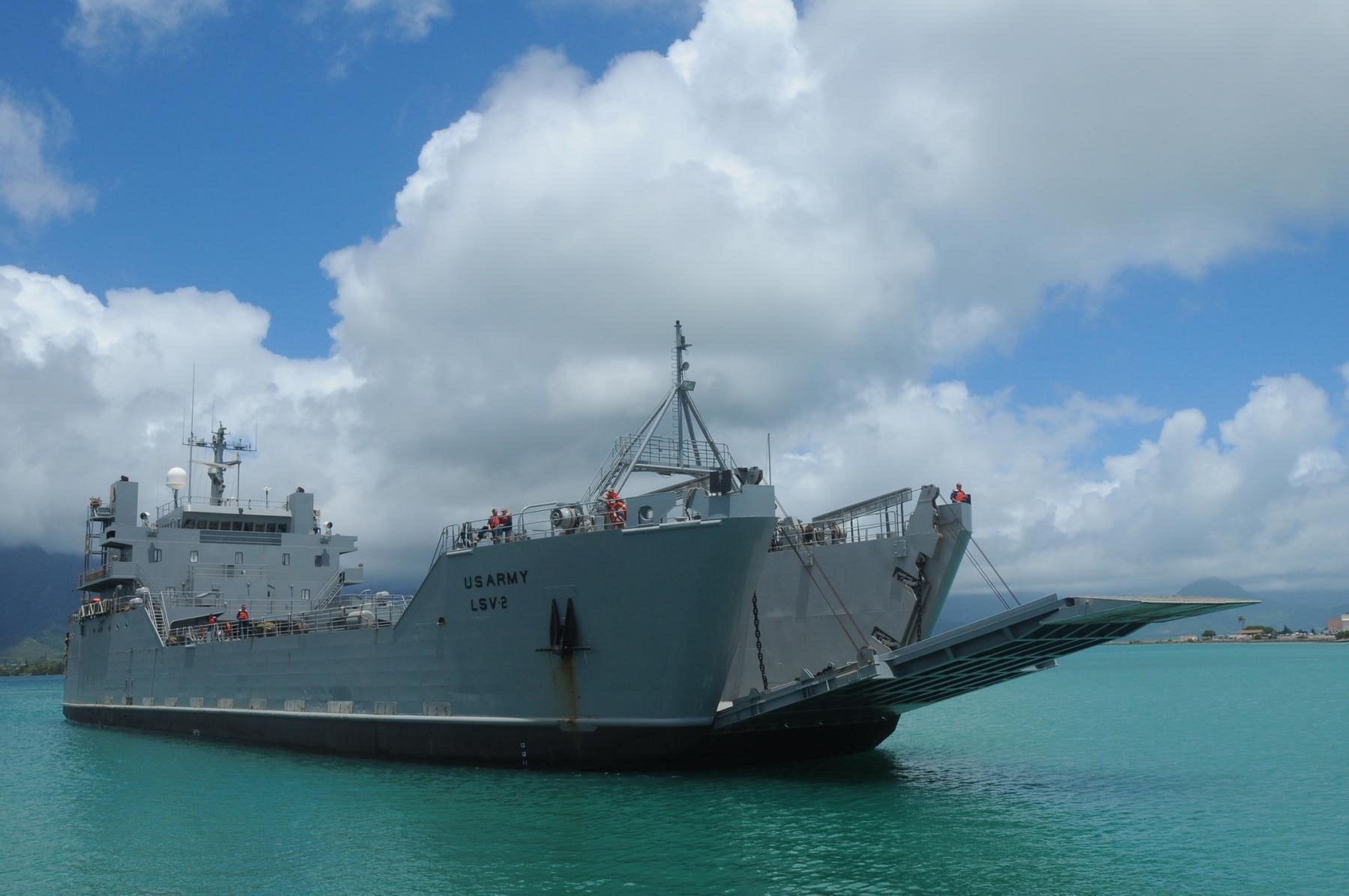Soldiers will continue to be busy across the globe in 2016 as the Army supports operations in Iraq, Afghanistan, Europe, the Pacific, Africa and the Middle East.
Demand for troops, whether for the ongoing missions in Iraq and Afghanistan or for exercises in Europe and Asia, is not expected to decline in 2016.
In the coming months, soldiers from the 101st Airborne Division headquarters will deploy to Iraq to help the advise-and-assist mission there. They will replace the 82nd Airborne Division headquarters.
In Afghanistan, the 10th Mountain Division headquarters remains in theater, along with an element from the 7th Infantry Division headquarters and several other key units.
Also in 2016, about 4,500 soldiers from 1st Brigade Combat Team, 1st Cavalry Division will rotate to South Korea for a nine-month deployment. They will replace their sister brigade, 2nd BCT, 1st Cavalry Division.
In Europe, leaders are asking for more aviation assets to help meet the demand for troops as the U.S. works to reassure its allies in the face of Russian aggression. Operation Atlantic Resolve, a series of exercises and continuous engagements that has now expanded into more than half a dozen countries, is expected to continue in 2016, and the Army continues to send regionally-aligned forces to Europe on a rotational basis.

A view of the Army Vessel CW3 Harold A. Clinger, which made a trans-Pacific voyage in support of Pacific Pathways.
Photo Credit: Army
The Army also is looking to send a second brigade's worth of tanks, Bradleys and other heavy equipment to the region, and dedicate an entire division to exercises, training and assurance missions across Europe.
Training also continues in Ukraine, as the Army, along with partners from Canada and Lithuania, continues training five battalions of active-duty Ukrainian soldiers. That training is expected to be completed by the end of 2016.
In the Pacific, the Army has at least two Pacific Pathways exercises scheduled for the year, with more on the books for 2017.
Pacific Pathways made its debut in 2014 when more than 800 soldiers from the 2nd Stryker Brigade Combat Team, 2nd Infantry Division, spent three months in Asia.
The Pathways concept employs a single unit through what officials call a "training pathway." The unit spends three to four months in a series of already approved, consecutive bilateral and multilateral exercises and engagements with foreign militaries.
The Army ran three Pathways in fiscal year 2015, with stops in Mongolia, Japan, South Korea, Thailand, the Philippines, Malaysia, Australia and Indonesia.
The Army also is increasing its partnership efforts in Africa, which faces a growing terrorist threat, including Al-Shabaab in East Africa, Boko Haram in Central Africa, and the Islamic State terror group in the north.
U.S. Army Africa recently launched African Horizons, a new program to synchronize the command's training and partnership efforts across the vast continent.
There are about 2,000 soldiers serving in Africa at any given time, and they could be conducting an exchange with the Ethiopians or building a logistics school in the Democratic Republic of Congo. About 800 of them are in Djibouti serving as part of Combined Joint Task Force-Horn of Africa.
Army Africa also relies heavily on regionally-aligned forces, who rotate in and out of the continent to conduct a variety of missions and exercises. The unit currently aligned with Army Africa is 2nd Brigade Combat Team, 3rd Infantry Division. Additional forces are expected in 2016, including the sustainment brigade from the 10th Mountain Division, elements of a signal brigade from California, and the 207th Military Intelligence Brigade, which will be stood up in the coming months.
Also expected in 2016 is the return of 3rd Special Forces Group to Africa.
The group began shifting its area of operations last fall; it expects to complete its transition out of the Middle East and Central Asia by summer 2016.
The 3rd Special Forces Group had a Middle East and Africa focus when it was first activated in 1963. For the last 13 years, Special Forces soldiers from the group have deployed almost constantly to Afghanistan and, to a lesser extent, Iraq.
The transition back to Africa comes as demands and operations change around the world.
Michelle Tan is the editor of Army Times and Air Force Times. She has covered the military for Military Times since 2005, and has embedded with U.S. troops in Iraq, Afghanistan, Kuwait, Haiti, Gabon and the Horn of Africa.





